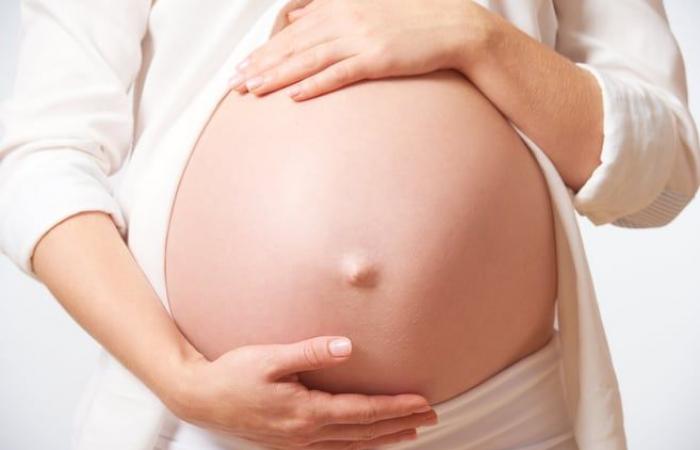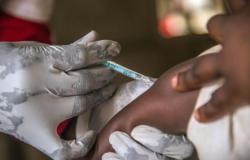The work included the use of nail polish, perfume, makeup and hair dye.
“These are everyday products used by ordinary people,” said researcher Jillian Ashley-Martin of Health Canada. So it’s very useful to know what chemicals are in these products and how they can impact individual PFAS concentrations.”
The researchers included in their study 1,883 participants in the MIREC study, which brought together 2,001 pregnant women from ten Canadian cities between 2008 and 2011.
They found that the more a woman used these beauty products during the first trimester of her pregnancy, during the third trimester or for two to ten weeks after giving birth, the more perfluoroalkyl substances and polyfluoroalkyl (PFAS).
“Compared to women who had never used nail care products, those who had used them had on average 10 to 20% higher concentrations of certain PFAS,” cited Ms. Ashley-Martin as an example.
However, she says, since blood levels of PFAS tend to be low to begin with, even with “a 10 to 20 percent higher concentration, the absolute difference in micrograms per liter (of blood) is quite small.” .
PFAS comprises some 15,000 synthetic chemicals and is used in a multitude of consumer goods, from clothing to kitchen utensils. They degrade very slowly over time and are found in the air, water and soil across the planet.
Studies have shown that they may interfere with the body’s regulation of weight, increase the risk of certain cancers, delay puberty in girls, increase the risk of type 2 diabetes in women, and reduce the effectiveness of the system. immune.
However, there is little solid data regarding their potential adverse effects on human and animal health.
The study results show that beauty product use may be a modifiable source of PFAS exposure in pregnant and lactating populations, the authors write. These results could guide individual choices to reduce exposure to PFAS, they add.
“We know that PFAS are (of concern) and we need to understand the avoidable and modifiable sources of exposure,” concluded Ms. Ashley-Martin. Pregnancy is a window of vulnerability for both the mother and the developing child.”
The findings of this study were published by the scientific journal Environment International.






